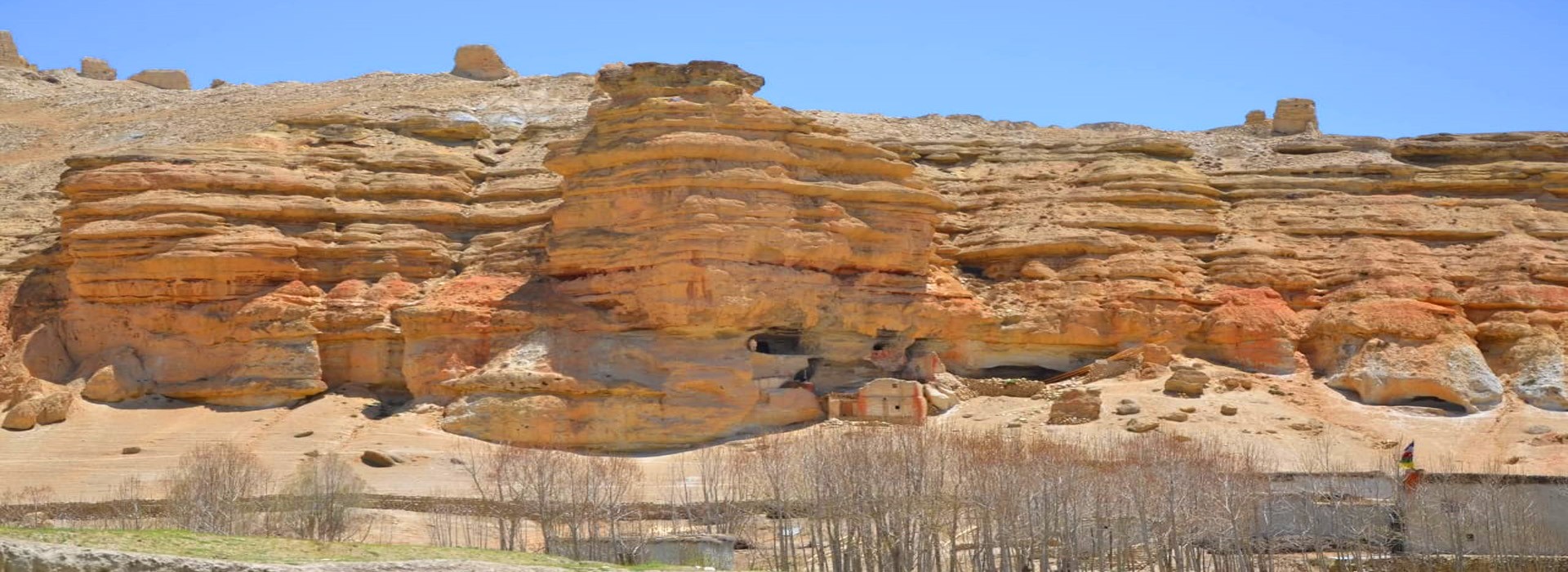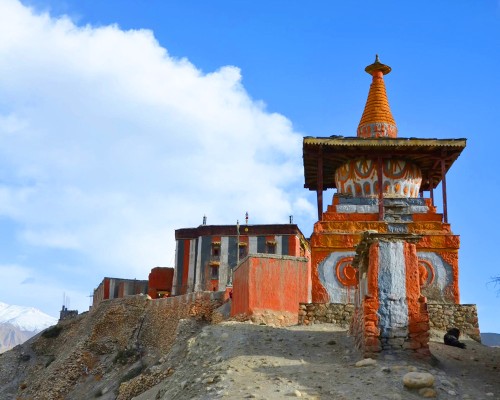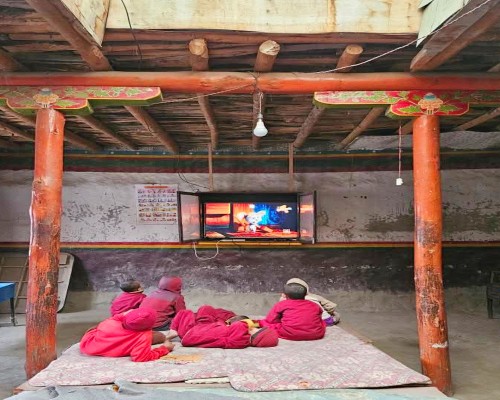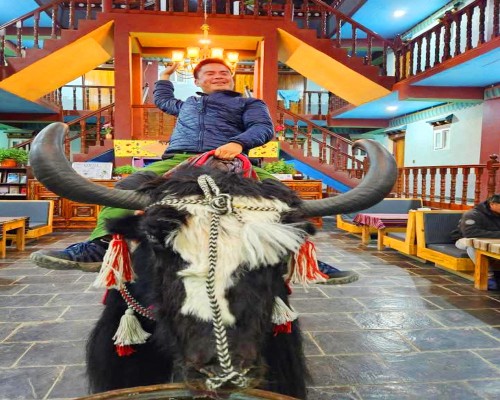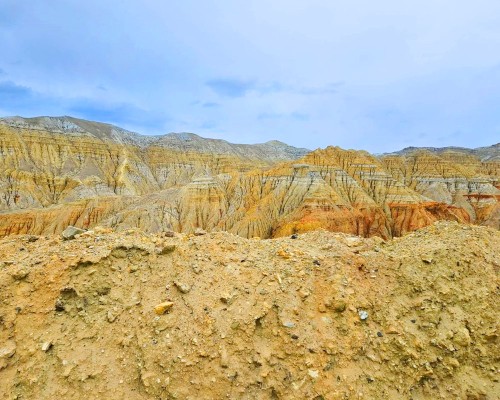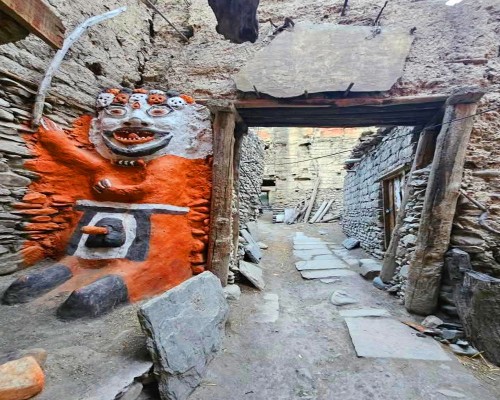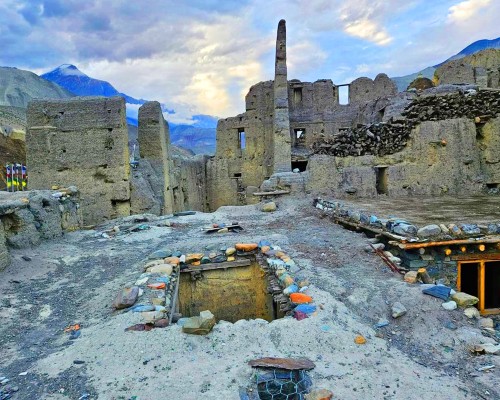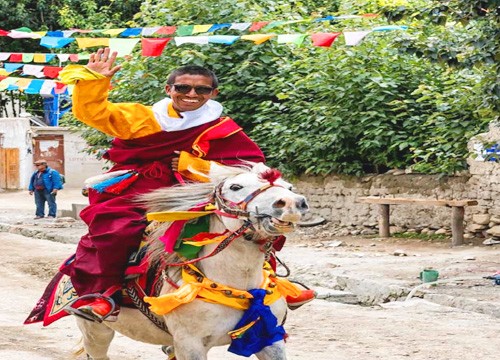The Upper Mustang Trek provides a unique opportunity to visit the hidden kingdom of Lo, a culturally rich and limited territory in Nepal that borders Tibet. The walk passes via the walled city of Lo Manthang, Mustang's former capital, which is known for its stunning desert scenery, ancient cave homes, and centuries-old monasteries. The Kali Gandaki Gorge, Chhoser Cave, Ghar Gompa, and panoramic vistas of Nilgiri, Dhaulagiri, and Annapurna are among the must-see sights. Upper Mustang, with its significant Tibetan influence, offers a one-of-a-kind cultural and spiritual experience, making it an unforgettable Himalayan trip. Permits are required because of the restricted status.
Heaven beauty and wonder of the Upper Mustang
Lo Manthang - The Walled City: Lo Manthang, the historic capital of the Kingdom of Lo, is the trek's highlight. Its imposing mud-brick walls encircle a treasure trove of ancient monasteries, including Jampa Lhakhang and Thubchen Gompa, which are decorated with magnificent murals and centuries-old scriptures. Exploring the Royal Palace and feeling the medieval atmosphere of this living museum is a memorable experience. Upper Mustang is known for its ancient Tibetan Buddhist culture. Trekkers are immersed in a deeply traditional culture, as evidenced by the numerous monasteries, finely carved mani walls, fluttering prayer flags, and the Loba people's friendly demeanor. Opportunities to see native rites and festivals, such as the lively Tiji Festival (often held in May), provide a real peek into their spiritual lives.
Mysterious Sky Caves: The region contains thousands of man-made caves carved onto towering cliff sides, including the remarkable Chhoser Cave complex. These ancient shelters, which served as shelter, storage, and meditation, provide a look into the mysterious past and extraordinary resilience of the early inhabitants. Dramatic arid landscapes and unique geology: Upper Mustang, unlike the lush foliage of other Himalayan hikes, is a harsh, high-altitude desert. The environment is defined by wind-eroded red cliffs, huge canyons cut by the Kali Gandaki River (one of the world's deepest gorges), and vast valleys. The geological formations, rich in sedimentary rocks and ancient fossils (such as Shaligram discovered in the Kali Gandaki riverbed), tell the story of a primordial sea, providing spectacular views and a sense of otherworldly grandeur.
Remote Villages & Monasteries: The trip takes you past picturesque villages like Kagbeni, Chele, Ghami, and Tsarang, each with its own distinct personality, ancient chortens, and hospitable guesthouses. Notable monasteries, such as Ghar Gompa, which is thought to be older than Tibet's Samye Monastery, have great historical and spiritual value.

